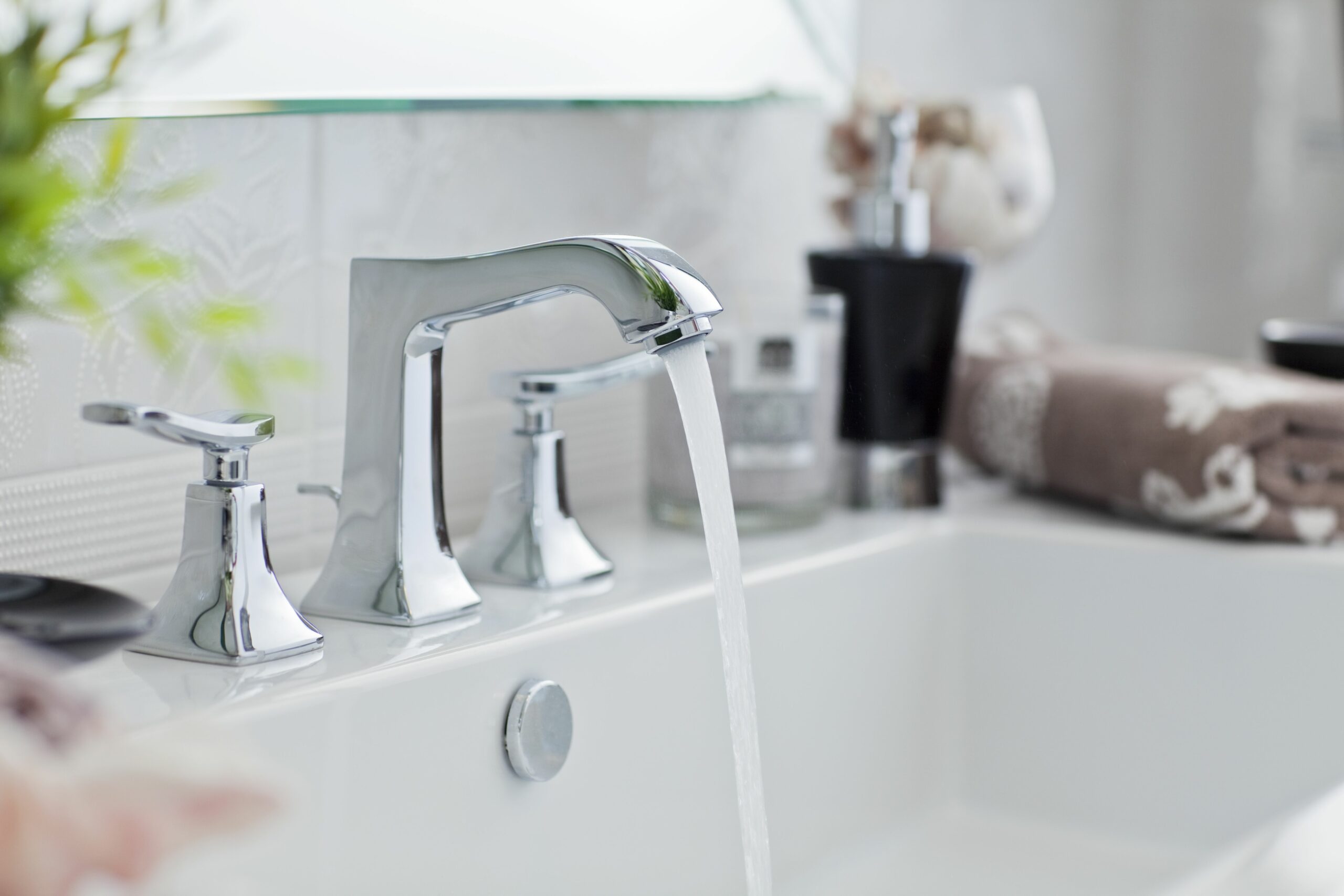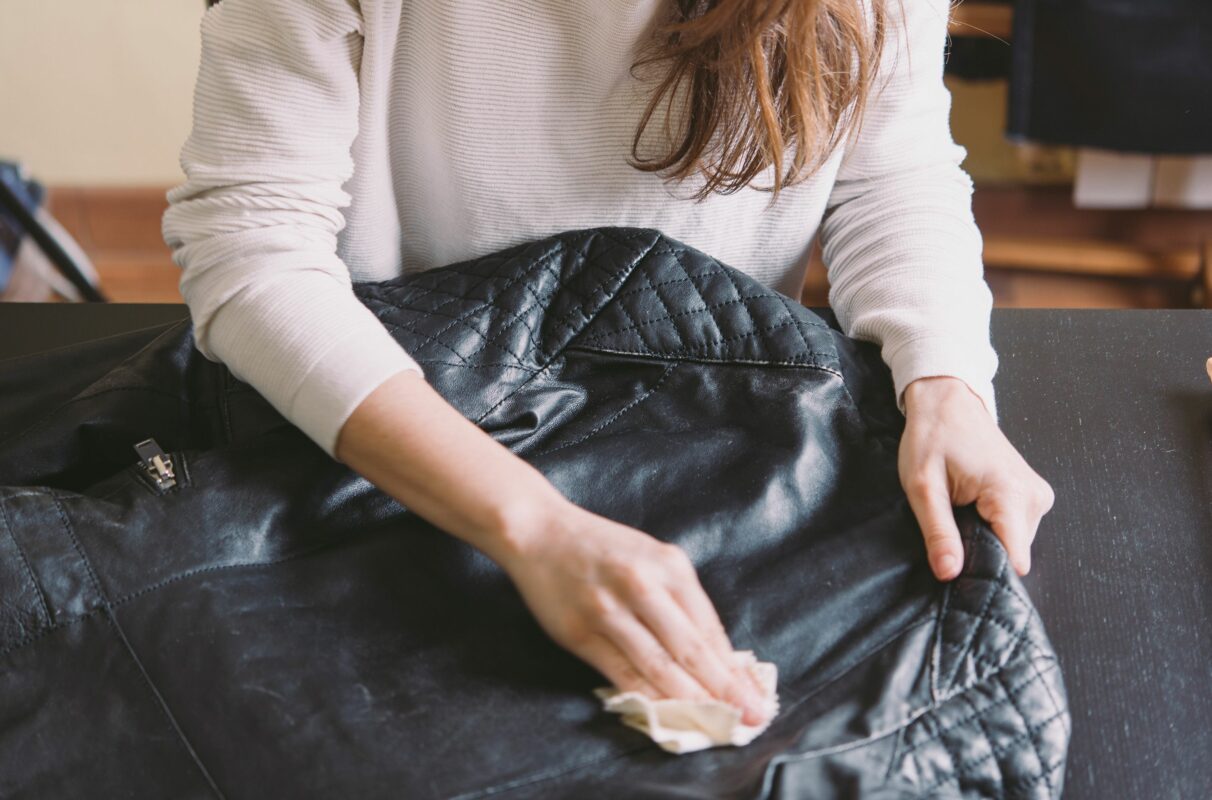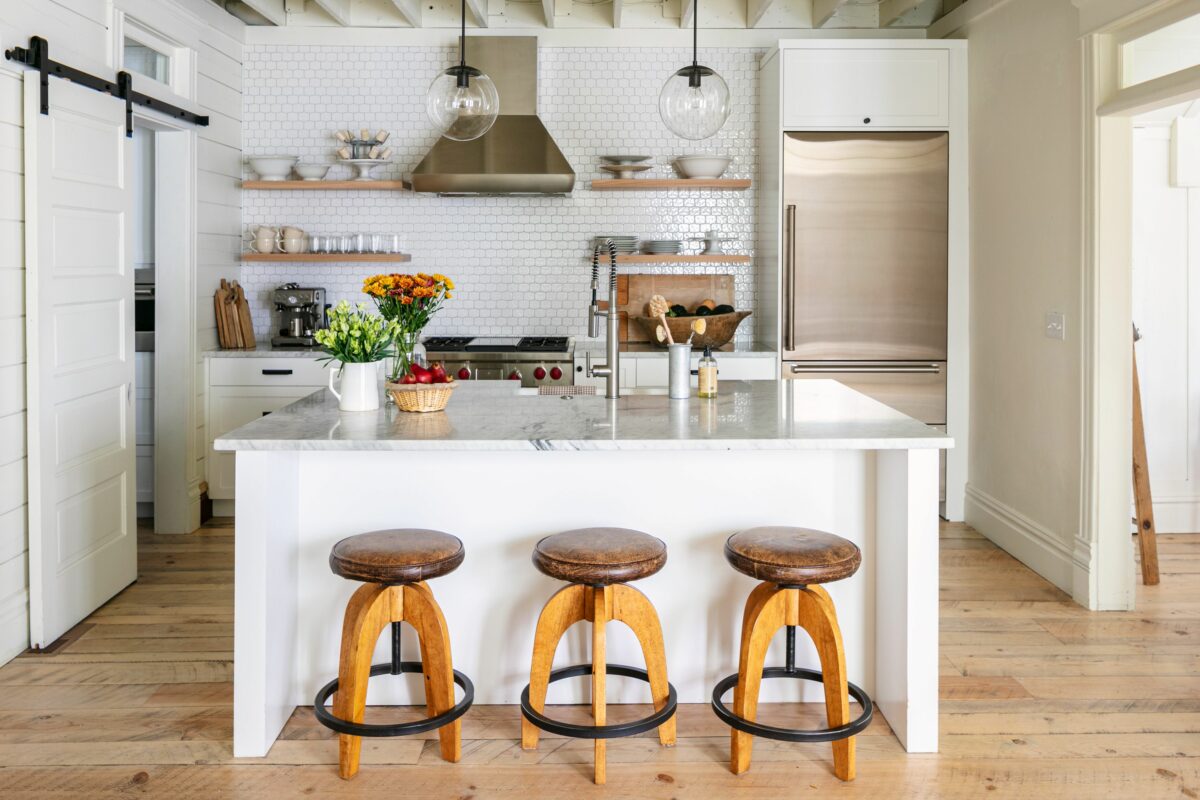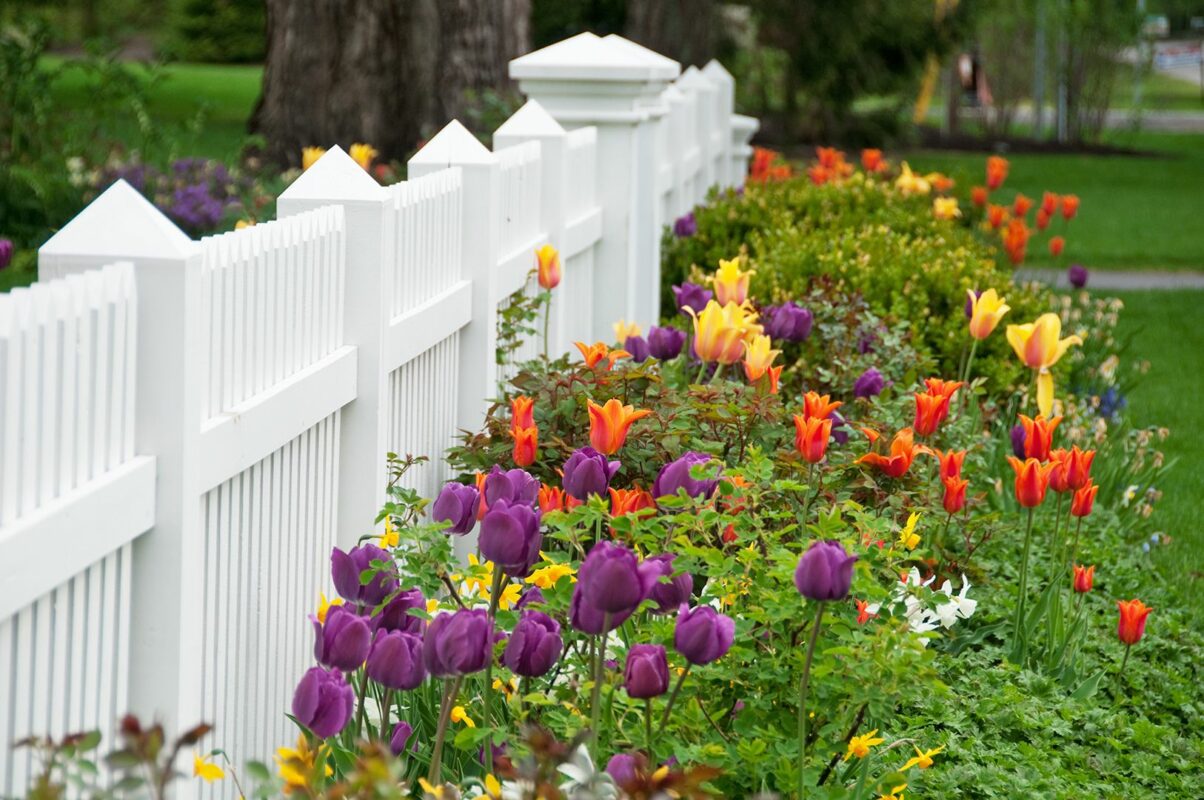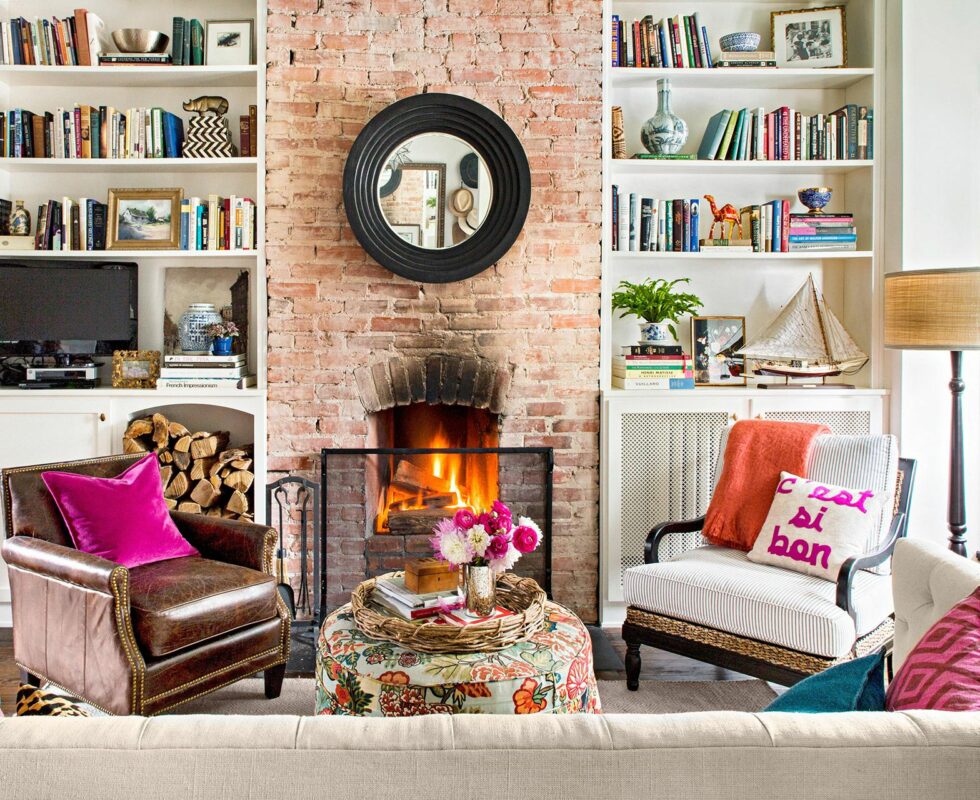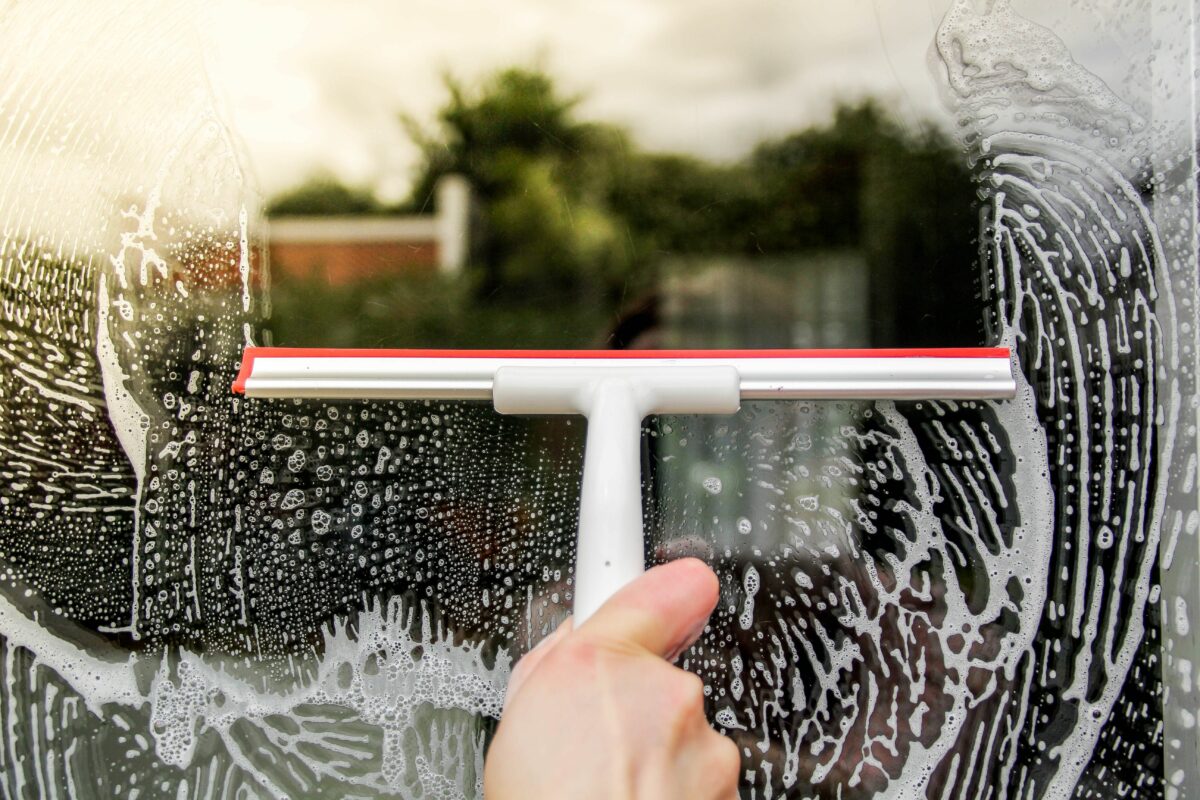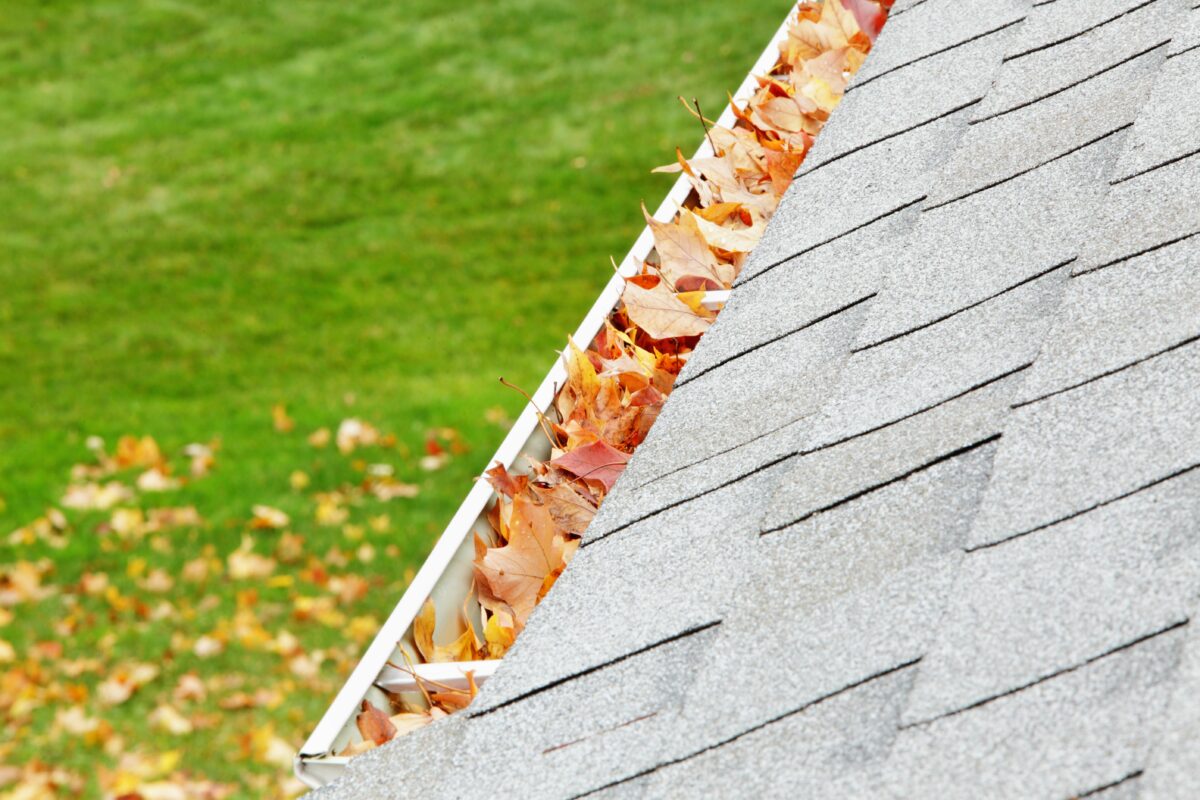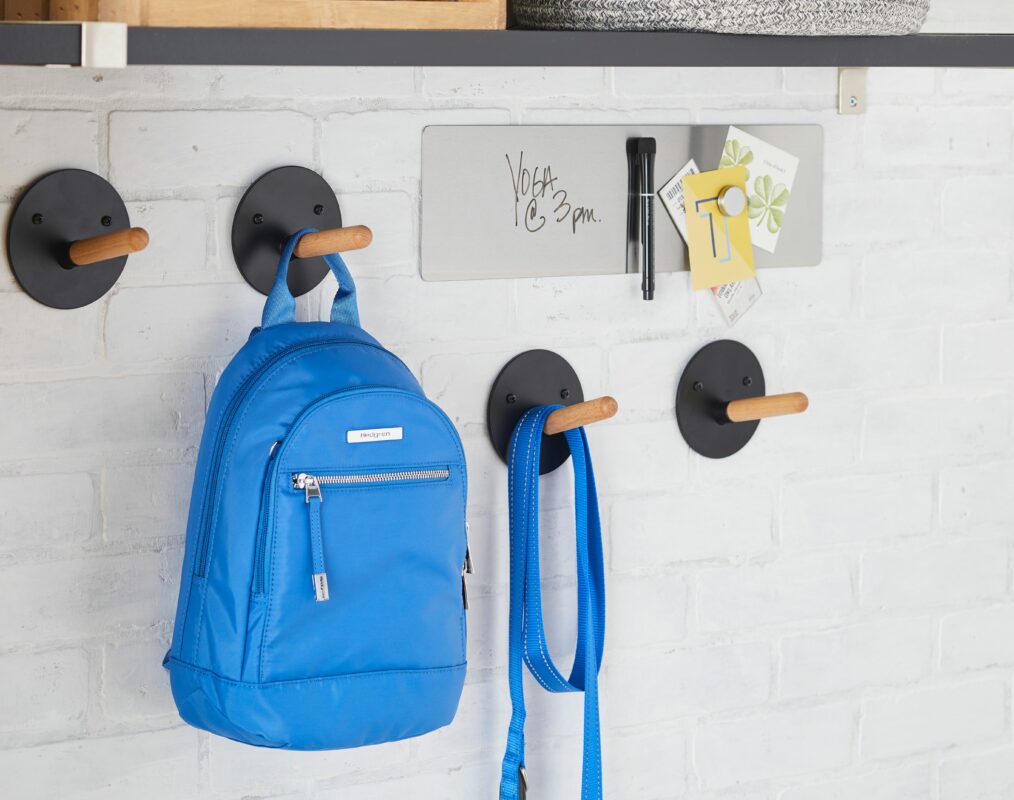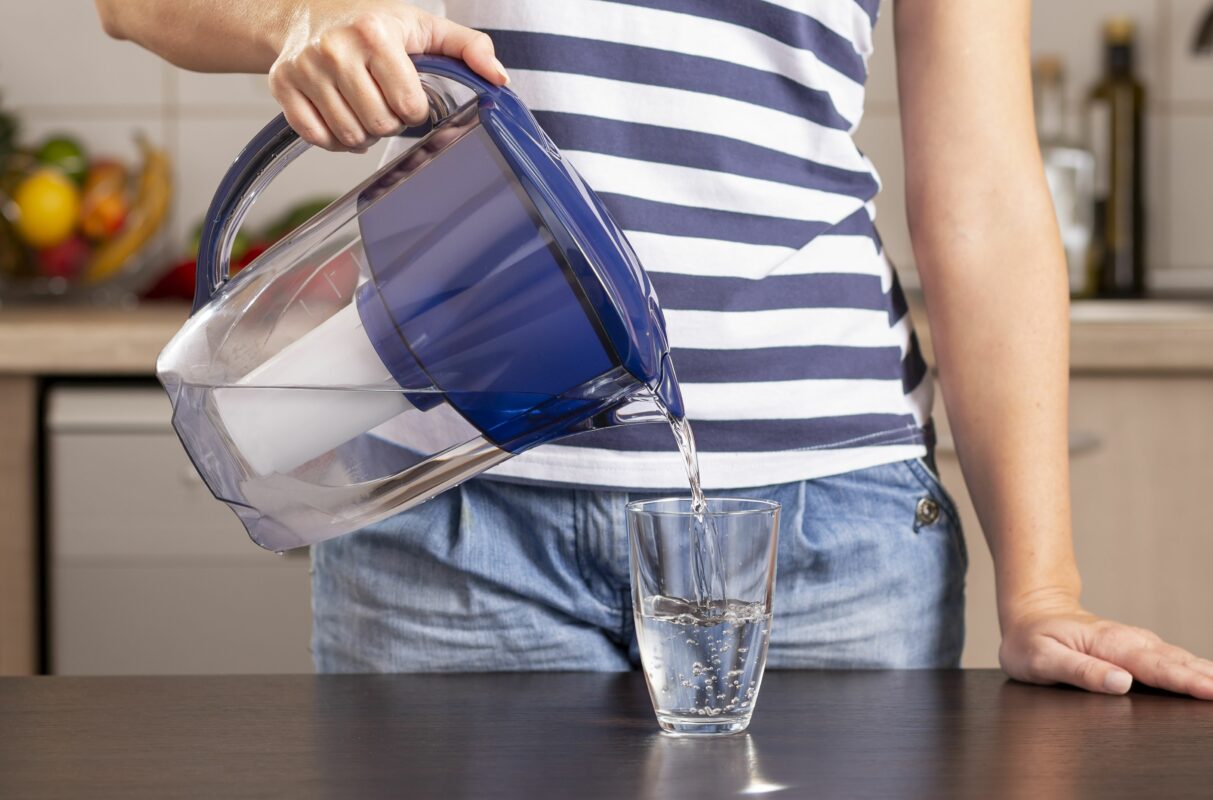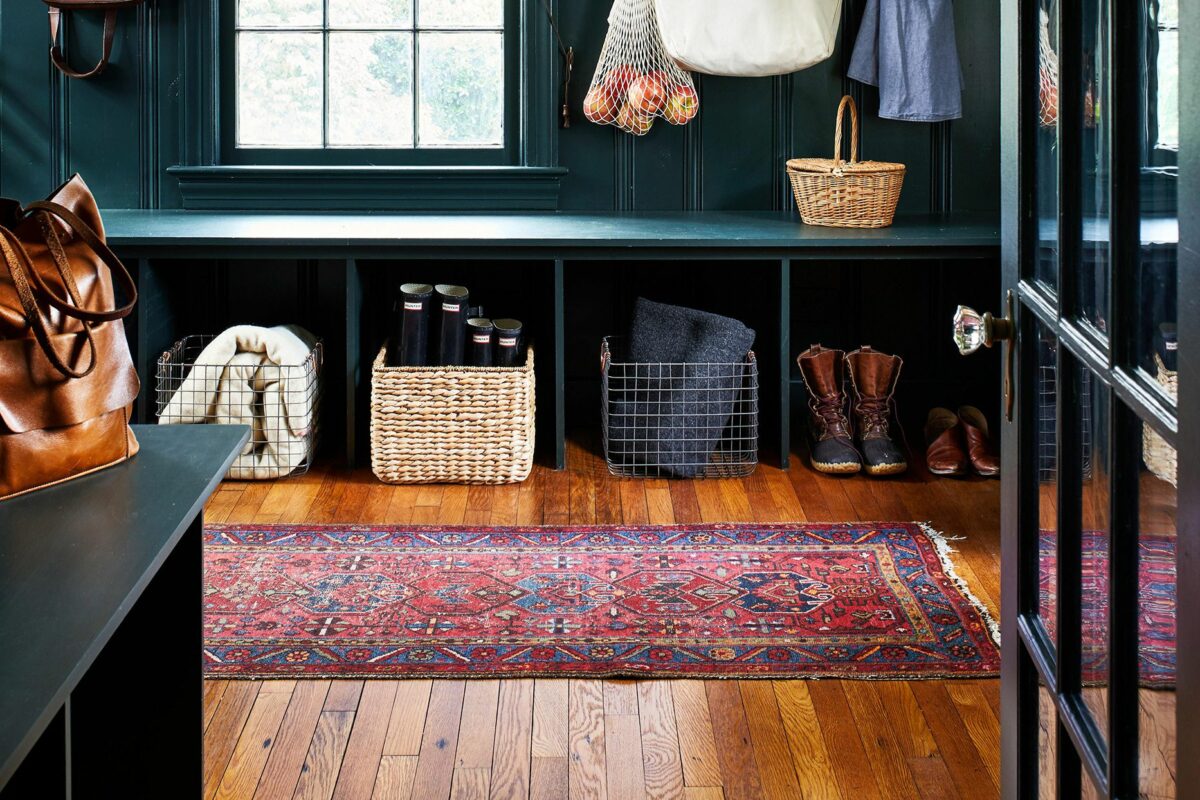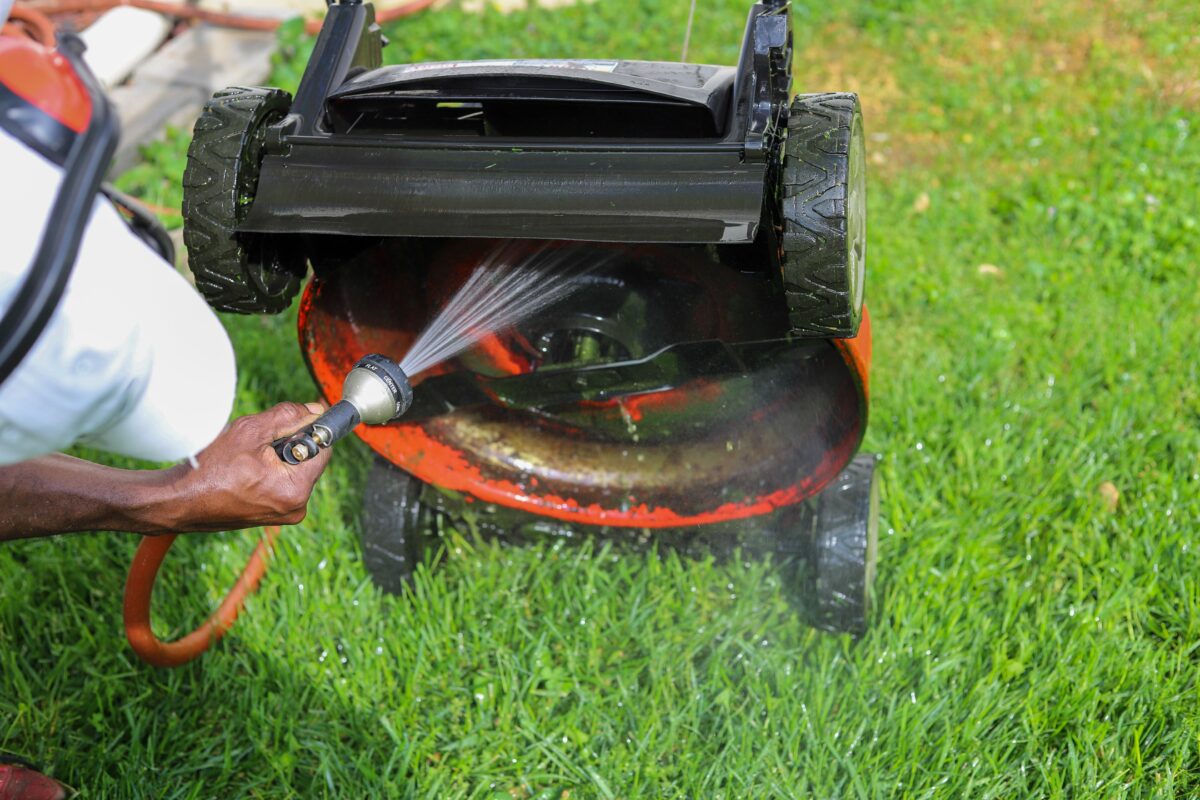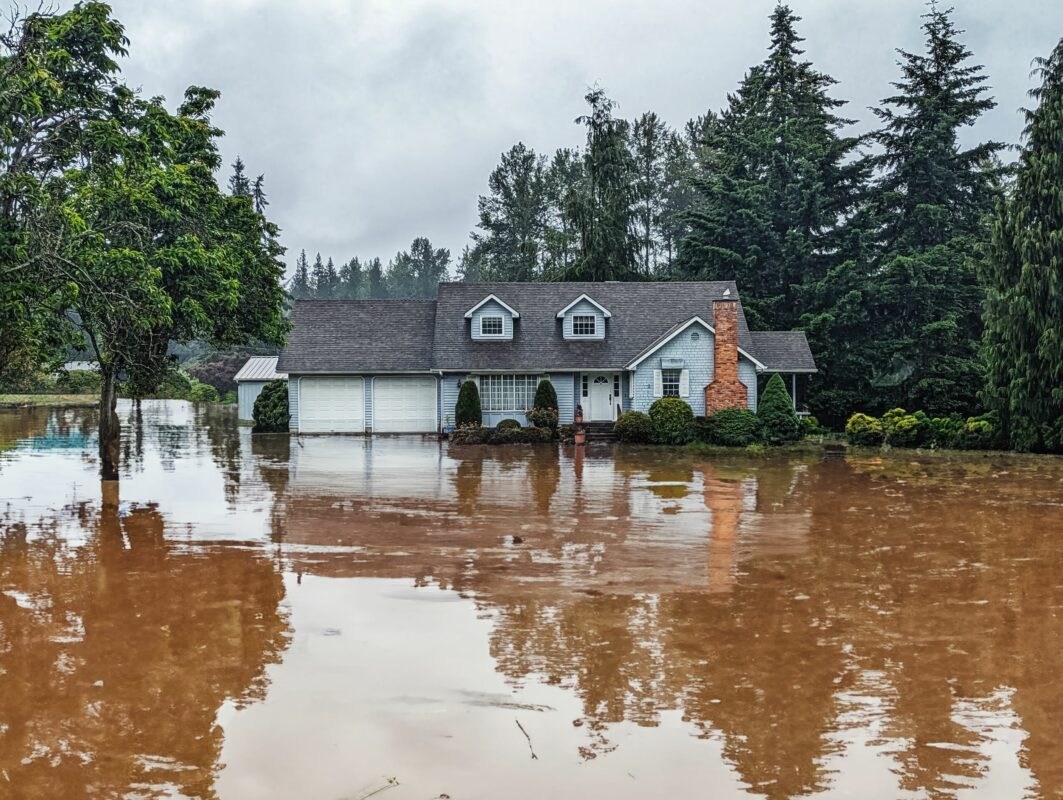Chrome is a popular metal finish for kitchen and bathroom faucets and fixtures. You may even spot this durable finish on car parts and gym equipment. With its high-luster surface, chrome plating is an affordable metal finish that looks high-end, reflects light, and protects the underlying metal surface from corrosion.
When appropriately cleaned, chrome shines and sparkles, however, it’s prone to showing smudges, rust stains, fingerprints, and water spots. Over time, it can become dull due to an accumulation of soap scum and mineral deposits. Learn how to clean chrome fixtures and finishes, including how to remove rust spots and polish chrome to prevent oxidation.
How to Clean Chrome Fixtures and Finishes
There are several ways to clean chrome, including methods that use simple household ingredients.
Soap and Water
Using soap and water is the most straightforward way to clean chrome fixtures. The combo easily washes away everyday dirt. Put warm water in a sink or bucket, and add a few drops of mild detergent or dishwashing soap. Use a sponge or a microfiber cloth dipped in the solution to wipe down the chrome surfaces, paying close attention to areas with grime build-up. Rinse with clean water and dry with a microfiber cloth or towel to prevent water spots.
Lemon
Lemon juice—freshly squeezed or store-bought—is a natural option you can use to clean streaks, limescale, and soap scum on chrome. The acidity helps break down the grime. Cut a lemon in half and rub one part directly onto the stains. Allow the juice to sit for three to five minutes, then wipe with a damp microfiber cloth. Wipe dry with another microfiber cloth for a full shine.
Vinegar
As an alternative, you can use distilled white vinegar instead of lemons. It’s slightly more acidic and ideal for cleaning stubborn spots and water stains. It also has antibacterial properties. Mix equal parts vinegar and water and spray the solution onto the chrome fixture. Let it sit for a few minutes, and then wipe away the solution with a damp cloth. Dip an old toothbrush into the solution for stubborn stains and gently scrub the affected areas. Wipe clean and dry with a separate dry cloth. Use this method infrequently because vinegar is corrosive.
Baking Soda
Baking soda is a versatile household item often used for various cleaning purposes. It is also mildly abrasive, which makes it perfect for cleaning tough stains and grime on textured fixtures. Start by making a paste of 2–3 Tbsp. of baking soda with enough water to make a spreadable consistency. Apply the paste directly onto the stain and gently scrub using a soft sponge or microfiber cloth. Rinse with clean water and wipe dry.
How to Clean Rust Spots from Chrome Fixtures and Finishes
Cleaning rust spots on chrome requires different approaches.
Remove Rust with Vinegar
Mix equal parts white vinegar and water in a bucket or bowl. Crumble a piece of aluminum foil, dip it in the solution, and gently scrub away the rust spots. Repeat as necessary, rinse with clean water, and dry with a microfiber cloth. For mild rust spots, skip the vinegar and use plain water.
Remove Rust with Soda
Alternatively, you can try cola. Phosphoric acid, one of the ingredients in cola soft drinks, reacts with the rust, making it disappear. Take a microfiber cloth and dampen it with the cola. Wipe over the rust spot and let it sit for an hour or so. If you can still see the stain, repeat the process. If the stain is removed, polish it to restore the shine.
How to Polish Chrome Fixtures and Finishes
Once the chrome fixture is clean, maintain its high luster with polish. It’s not just about looks. Polish prevents water spot build-up. Apply pure wax and buff with a soft cloth, or use specialized chrome polish to protect the surface against tarnish and oxidation.
Apply a small amount of polish to a microfiber cloth and gently rub it onto the fixture, covering the entire surface. Let the polish sit for the recommended time, and then buff it with a clean cloth to restore the shine. Always follow the manufacturer’s instructions for the best results when using commercial products.
Chrome fixtures and finishes can quickly become discolored or scratched, so avoid using harsh or abrasive cleaners, solvents, or steel wool. Dry the fixtures after every use to prevent water build-up. This is especially helpful in moisture-prone areas, like the bathroom or kitchen, where regular cleaning and polishing are crucial to prevent oxidation and rust from forming in the first place.


